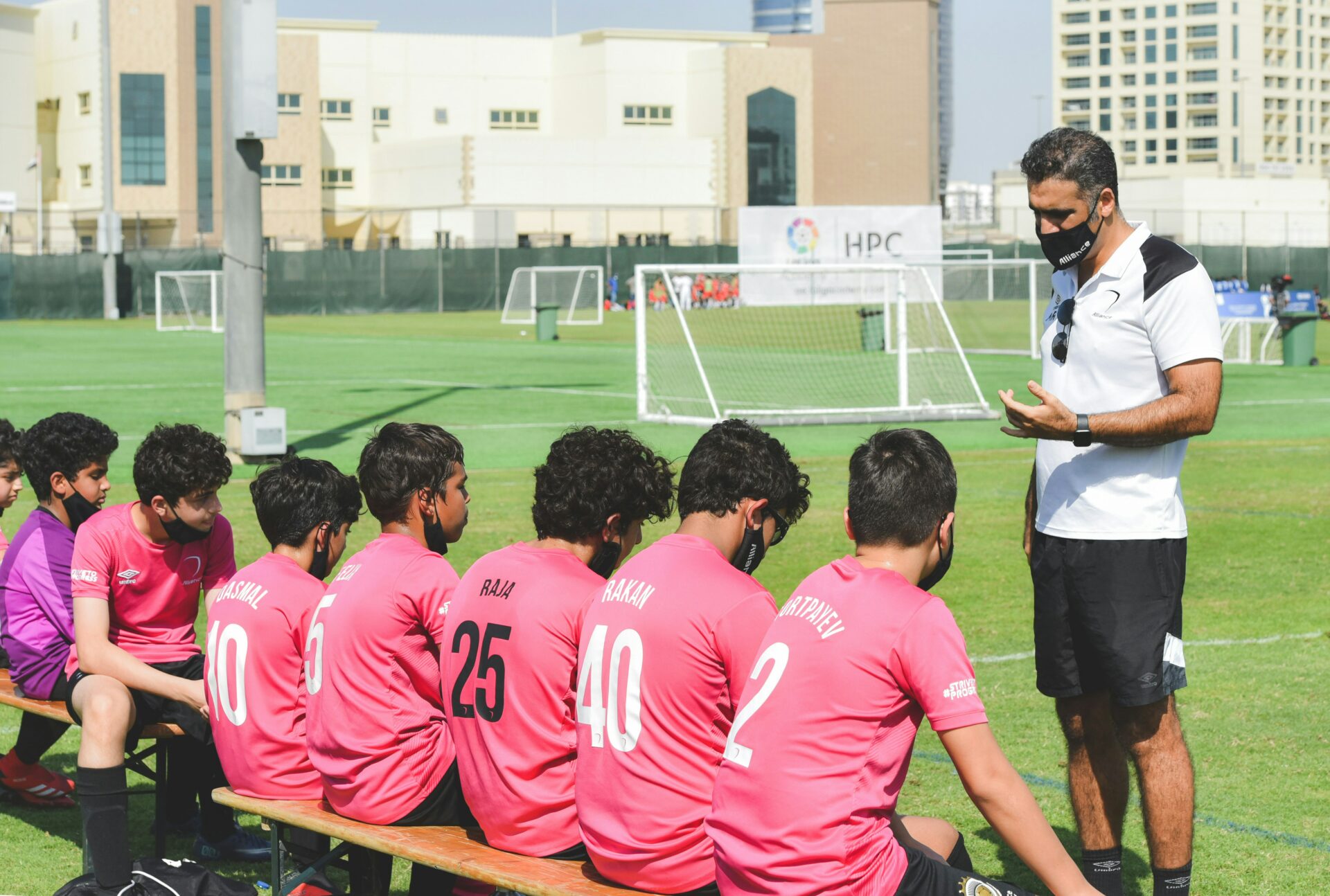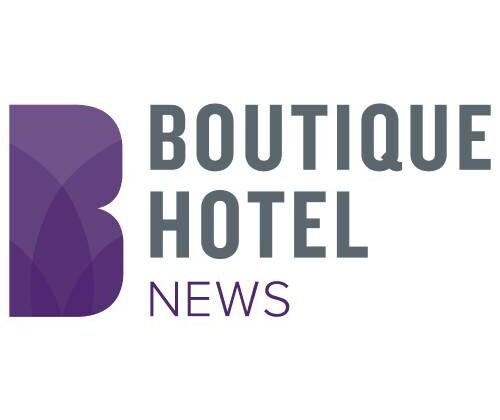
The rules and socialization of norms within an organization function as establishing operations to sustain many cultural practices. Their description corresponds to contingencies that set an aversive condition, such as guilt, shame, the feeling of having made a mistake, or fear. These act as a type of control exercised by culture, whose termination reinforces rule compliance. Such contingencies must be easy to understand, since if they are created by the organization, they apply to all its members, who must behave appropriately so as not to interfere with the group’s cultural practices. Otherwise, unpleasant consequences arise for themselves and others. This ensures the maintenance of Organizational Culture and secures the survival of the organization.
Those who try to change organizations often stumble upon seemingly unchangeable attitudes. Such resistance manifests in expressions such as: “We will not be able to achieve any process unless we create a new culture here.” In doing so, they make an irreversible mistake. Creating a new culture is not possible. One may immerse oneself in studying a culture (their own or that of others) until it is understood. Over time, such actions prepare the ground for new behaviors. If many people perceive these new behaviors as helpful in doing things better, they may try them again. After many repetitions—which may take five to ten years—the organizational culture may incorporate a different set of assumptions and perspectives. Still, culture itself has not been “changed,” only the ground prepared for its evolution.
Managerial decisions and organizational leadership are critical for achieving strategy. They are the key factor for strengthening culture and reaching goals. Energy must be relentlessly and obsessively focused on achieving superior execution and quality, and this drive must come directly from leaders—but it only succeeds when it is deeply rooted in the organizational culture.
Before speaking of Coaching, it is important to distinguish between forms of support. Nowadays, many practices are labeled Coaching when, in fact, they are not. Let’s clarify: Training, consulting, and mentoring are anchored in a paradigm of transfer. Coaching, by contrast, is anchored in the paradigm of non-transfer, aiming for the individual to discover and enhance tacit knowledge.
Coaching is a process with a beginning, an intermediate phase, and an end, with a predefined timeline. Coaching works with updated results and integrates the client into the process. At the end, clients or collaborators not only achieve their results but also acquire techniques that allow them to obtain further results and develop the habit of applying them—so they can continuously integrate new outcomes into the equation.
The purpose of the Coach is to make you aware that, at any moment, in any situation, you are the person, the ONLY one, responsible for producing results and contributing to your own well-being.
Coaching and The GC Index
In recent years, organizations have increasingly turned to structured frameworks to better understand the variety of ways individuals contribute to collective success. One example is the GC Index, which provides a lens for analyzing how different forms of impact manifest within teams and organizations. Rather than prescribing behavior, such tools can help highlight the diverse strengths already present in the workplace, encouraging leaders to consider how these strengths can be aligned with organizational goals.
Used in the context of coaching, frameworks like the GC Index can facilitate dialogue by creating a shared language around contribution. This can support inclusion efforts by ensuring that a wide range of working styles and perspectives are recognized and valued. The effectiveness of these tools depends not only on the framework itself but also on how it is integrated into broader talent management and cultural initiatives. When thoughtfully applied, they can provide valuable insights that complement coaching practices and enhance organizational learning.
Coaching and Diversity
Coaching is highly useful for managing diversity. It focuses on asking questions about commonalities—rather than differences—learning from one another, and understanding each person’s contribution to the organization. The answers themselves dissolve barriers and prejudices, sometimes leading to cultural shifts toward more inclusive environments. The outcome is a climate of respect and well-being, with empowered employees, generating a win-win for organizations that adapt to market needs while allowing talent to flourish naturally.
The prevailing idea of Diversity in the business world often focuses only on inherent traits beyond our control, such as age, gender, or race. But what we are born with is not the only thing that defines us. Many other factors influence and determine our professional development. The “Four Layers of Diversity Model” by Gardenswartz & Rowe is highly recommended, as it classifies Diversity into four dimensions: Personality, Internal, External, and Organizational.
Diversity must be approached with tolerance, flexibility, and empathy. Only then can differences be transformed into synergy and enrichment—and thus into the only path by which each person can awaken and fully develop their potential, aspiring to an infinite world of possibilities from which the authentic value of difference becomes evident.
The way we redefine ourselves and others through language and conversation is essential for the future of relationships. By changing language, we construct new forms of social interaction, which in turn shape new ways of being, of understanding how we relate, who we are, and why we are here.
Coaching, Commitment, and Talent Management
For a person’s work to be productive and make a difference, they must be committed. But commitment is not the cause—it is the consequence. The talent management leader uses information to make decisions for the well-being of all individuals who form part of or benefit from the organization. It is therefore necessary to build the capacity for change within companies, and such change can only occur through people’s abilities.
Almost all organizations are aware that their people are their true competitive advantage and their most valuable asset. This is why Coaching and human talent management constitute a social and human commitment inherent in each person—through their interpersonal relationships in different roles and contexts—as well as a contribution to promoting equity and organizational well-being.
The Return on Investment (ROI) of coaching ranges between 37% and 790%. Investing in soft skills development can generate a 256% ROI for companies (International Growth Centre, 2016). Organizations that invest in employee well-being can see an ROI of 250% (CoachHub, 2020).
Sofia Furtado
Junior Vice President, SHG Universities
Swiss Hospitality Group Universities







